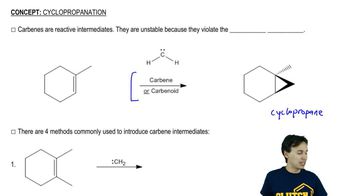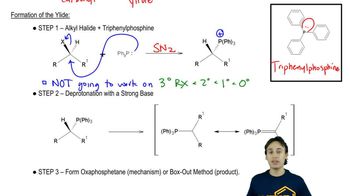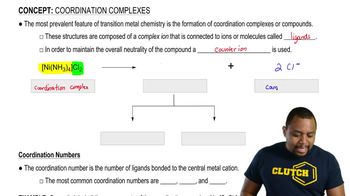Cyclopropanation using any of the reagents discussed here is stereospecific.
(a) What does this say about the mechanism?
 Verified step by step guidance
Verified step by step guidance Verified video answer for a similar problem:
Verified video answer for a similar problem:



 1:49m
1:49mMaster General properties of cyclopropanation. with a bite sized video explanation from Johnny
Start learning